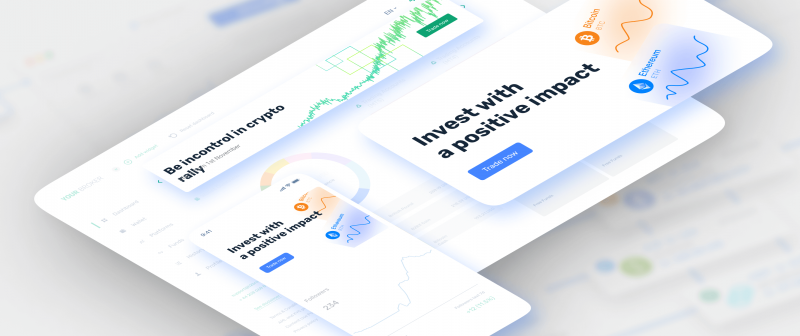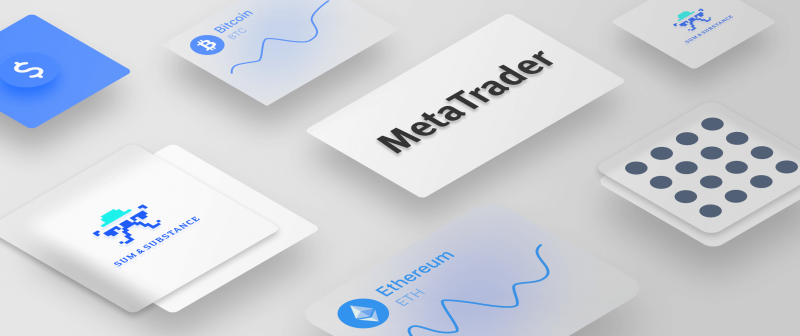Liquidity Provision: How Does it Work?

Because of the market’s link to fiat currency trading pairs, individuals and institutions have been trading on the Forex market for a long period of time. The spectacular ascent of cryptocurrencies didn’t stop traders from discovering all kinds of creative ways to put the digital money in which they were trading to use.
When it comes to acquiring new consumers, cryptocurrency is becoming more popular among forex suppliers. Trades may be made using a mixed brokerage technique, which allows traders to access both fiat and cryptocurrency assets from a single account. These asset classes need the aid of a reliable liquidity source in order to be accessible.
The advantages that liquidity providers offer to their clients may have a major influence on their ability to make profitable trades. Liquidity is essential since pricing may become more precise and transparent as time goes on.
What Is the Meaning of the Term “Liquidity”?
In the context of finance, liquidity refers to the ease with which a financial investment may be turned into cash at any point in time. Consider two markets with various degrees of liquidity: the real estate market and the foreign currency market, in order to illustrate this point. When it comes to selling real estate, it might take many weeks or even months, depending on how long it takes to find a buyer and finalize the transaction. In currency trading, for example, when trading the United States Dollar against the Euro, it is possible to complete the transaction within minutes, if not seconds, depending on market conditions.
Markets with high liquidity may be able to accommodate big transactions without causing price slippage to occur. Customers who want to make a profit in the market should trade on liquid markets rather than illiquid ones, according to the SEC.

How Does Provision of Liquidity Work?
Liquidity is provided to crypto or forex brokers by broker liquidity providers. Liquidity providers are market brokers or organizations that operate as professional market makers, executing currency transactions on both sides.
Numerous market players, including central banks, large commercial and investment banks, hedge funds, foreign investment managers, crypto and forex brokers, retail traders, and high net worth individuals, contribute liquidity to the financial market.
Tier 1 liquidity providers are the largest liquidity providers in the foreign exchange market. These are the major investment banks with sizable forex departments that give buy/sell quotations on the forex pairs in which they do business.
A single trader cannot have direct access to Tier 1 liquidity providers. Their forex market access will be given by an online forex broker, who will typically employ at least some Tier 1 liquidity providers to fulfil the majority of their orders and will typically execute transactions over an ECN/STP network.
Brokers often establish relationships with a variety of liquidity providers in order to achieve the best possible transaction rates and spreads. They may then provide their consumers the best pricing possible by using several liquidity suppliers.
How Do Exchanges Function Without Liquidity Suppliers?
Liquidity is critical for crypto exchanges, since newcomers want to analyze a broad variety of characteristics before investing. Furthermore, due of a lack of activity on a trading platform, traders and investors are more likely to turn elsewhere for their trading and investment opportunities.
Platforms have created a large number of fictitious accounts in order to give the impression that there is a lot of activity on the platform. Nonetheless, this technique has not performed as well as the traders had hoped it would.
The interaction between younger exchanges and huge liquidity pools turns out to be a fantastic fit when they begin their journey. Dark pools, top-rated cryptocurrency exchanges, and over-the-counter brokers are brought together via collaboration with LPs. By using the service, traders may have their bid and ask orders processed in milliseconds, saving them time and money.
How to Locate a Liquidity Provider
It is vital that the liquidity provider, in addition to providing access to the FIX protocol and historical data, also offers multi-asset liquidity. In addition, a nominated account in a variety of currencies should be provided to customers.
The depth of the market is yet another important consideration to consider. This provides an indication of the liquidity and depth of a currency. The greater the number of buy and sell orders at each price point, the deeper the market is. Liquidity providers must be able to execute transactions promptly and without the need for requotes or slippage, particularly during moments of high volume and strong market movement.
The price offering of a liquidity provider must also include competitive spreads, low fees, and no-compromise swaps, among other things.
Similarly to brokers, liquidity providers should be subject to regulatory oversight to ensure that they follow industry best practices and are backed up by an institutional prime broker.
In addition, an established and reputable forex liquidity providers should be able to provide a fully automated and comprehensive reporting system that complies with regulatory requirements and supports the FIX protocol and other APIs, in addition to MT4/MT5 bridge connections and FIX bridges.

B2BROKER Provider of Liquidity
As previously stated, the market’s top liquidity providers are referred to as Tier 1 liquidity providers. B2BROKER is a technology company that specializes in liquidity supply, providing single and direct market access to Tier-1 foreign exchange liquidity venues with unmatched levels of technology, deep liquidity, and speed of execution at ultra-competitive trading prices.
B2BROKER is one of the industry’s Top 10 best liquidity providers, offering brokers a simple-to-implement solution that includes access to over 800 trading instruments and seven asset classes through a single multi-currency account.
B2BROKER continues to extend its liquidity distribution network, presently gathering and delivering liquidity via Trading Platforms and APIs, including B2TRADER, OneZero, PrimeXM, dxTrade, MetaTrader 4/5 and others.
Brokers and white label partners may connect to our liquidity pool through FIX API in less than five minutes, gaining access to the industry’s largest institutional liquidity pools, ultra-tight spreads, and more.
By clicking “Subscribe”, you agree to the Privacy Policy. The information you provide will not be disclosed or shared with others.
Our team will present the solution, demonstrate demo-cases, and provide a commercial offer




